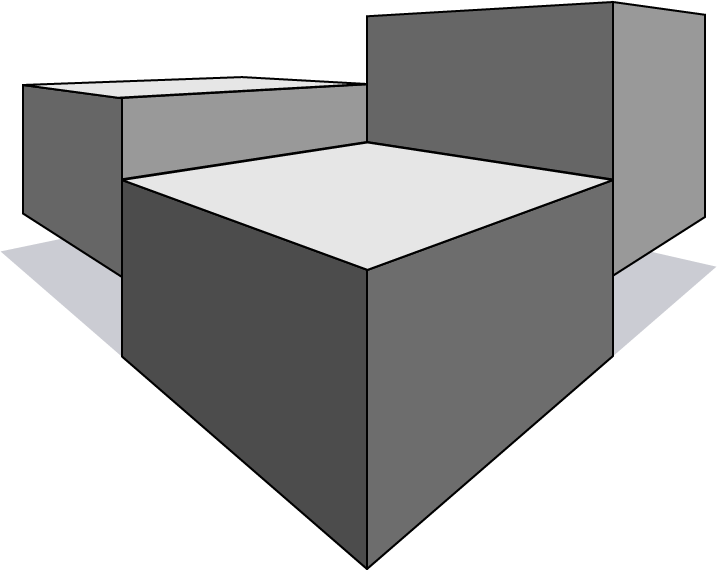For this internship I investigated innovations that could alter future Dutch household energy use.
For more information you can contact me.
MSc. Internship
22.5 ECTS
2019

Project brief
The energy grid is experiencing change due to increased renewable energy installation and electric vehicle purchases. In the future, households can change their behaviour or the use of technologies that can affect their energy needs. By tracing these changes back to human needs, 3 future scenarios were developed.

Design Process
The start of the design process was centred around doing research on the basic human needs and how innovations could improve these needs in the future. After classifiying these needs I looked into these innovations and conducted various interviews with industry leaders. To synthesise this information well I led a workshop amongst Enexis employees
Scenario
Three scenarios were the conclusion of my research, interview and workshop. These result in three different energy needs.
Scenario 1
The age of data
This scenarios focusses on data as the main 'currency' in an age where everything is shared. The following technologies define this scenario.

Internet of Things
Almost all products are now connected to the internet. More connected products mean that more data is gathered. Various forms of these data allows central players to operate energy infrastructure with high efficiency.

Autonomous Vehicles
Level 5
The main mode of transport are self driving vehicles. These vehicles are able to drive themselves.

Heat Use
Most of the heat demand of households is covered by district heating or Green gas.

Grid design
A centrally operated grid through the use of connected devices.
Scenario 2
Sharing Cities
The focus of this scenario is that household are sharing more, for example cars, homes and other goods. Urbanization is rising. This scenario assumes that household heat requirements are fulfilled with district heat.

Shared Living
Increased urbanization makes it financially more attractive to share places. Furthermore, the circular economy impactsthe lives of many households leading to the further sharing of goods.

Shared Autonomous Vehicles Level 3/4
An important mode of transport in this scenario are semi self driving vehicles that are shared. As a result the transportation sector requires less energy.

Modular Buildings
Increase in housing demand leads to the emergence of new housing practices. Modular buildings are buildings that can be put together in a matter of days instead of months. As a result they require an electricity grid that can be adaptable.

Grid design
A decentral organized grid that is flexible and adaptable to the local needs.
Scenario 3
Central Distrust
This scenario assumes that there is more civil unrest due to unmitigated climate change, food shortages and less trust in the central government. Life is mostly centered around local communities.

No Autonomous Vehicles
The distrust in bigger organizations is also seen in the technological sector. As a result people do not trust to use autonomous vehicles nor do they want to give up their data for it.

Near Zero Energy Buildings
As a result of this unrest, material and energy use is minimized. Efforts to minimize the wasting of energy are widely adopted. Existing buildings are retrofitted with more and better insulation and are able to provide at least some of their own energy.

Grid design
A localized operable grid that is cheap to operate.